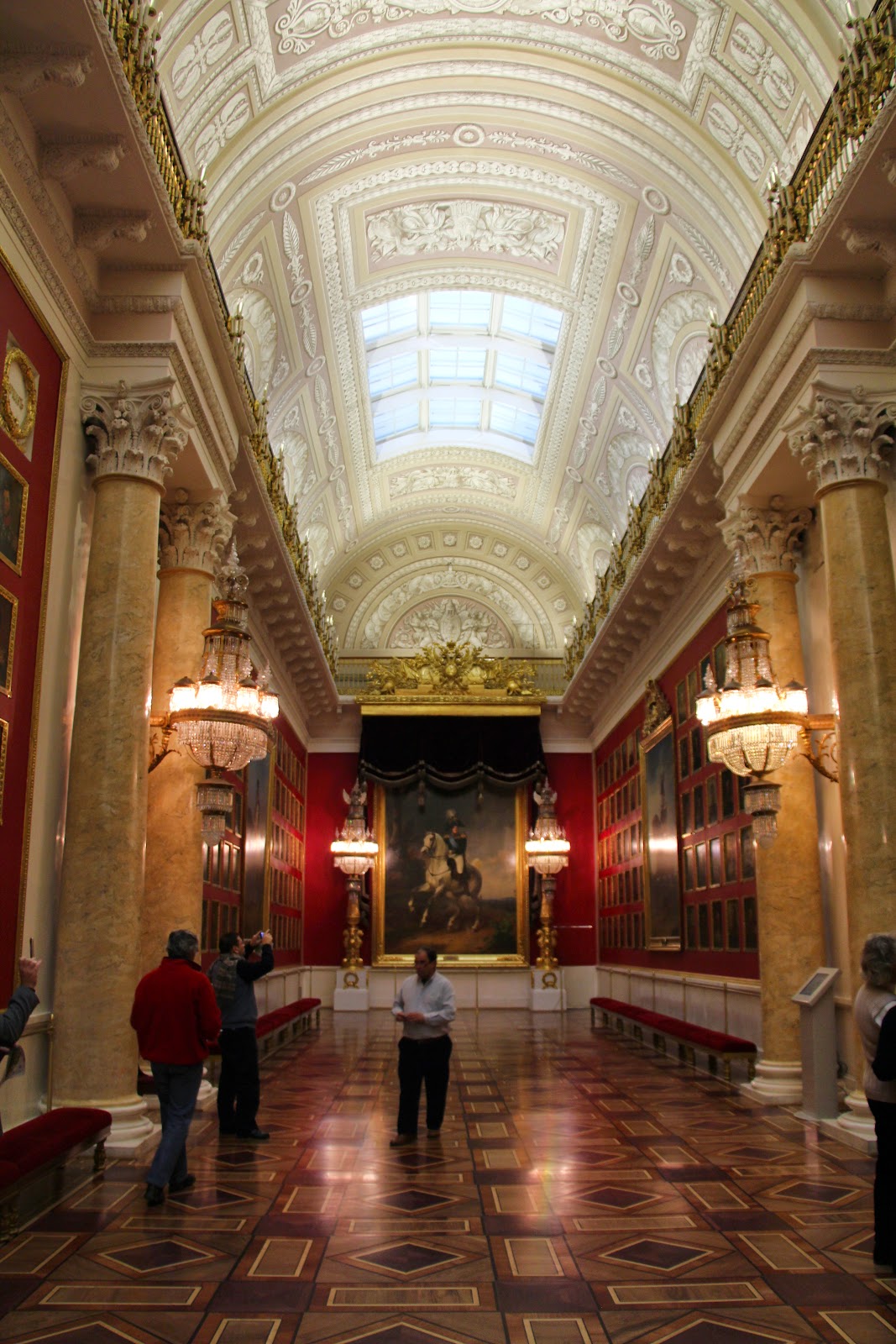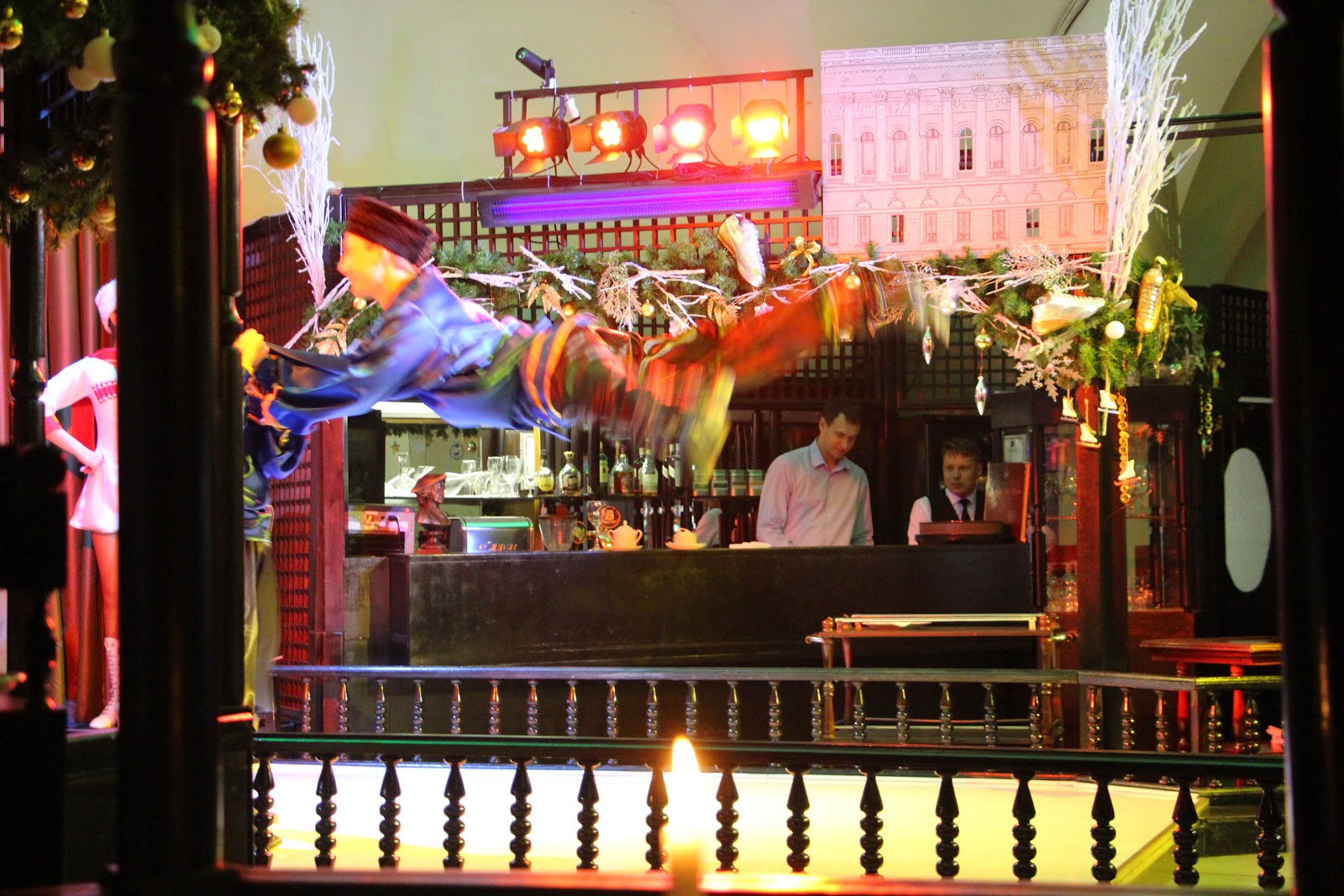Harder to believe it's actually built on essentially mud, and most of the beautiful stone buildings are actually supported by wooden pilings. As a consequence of this unfortunate geology, St. Petersburg's subway system is also on average, the deepest on the planet. Also conveniently doubles as effective nuclear shelter as well.
When strolling through the city's treasures, such as the Hermitage, Catherine the Great's Palace, St. Isaac's Cathedral, the amount of luxury and artistic skill within is eye-watering, but what is truly worth shedding tears is the fact that most of what you see is actually reconstructed or restored over the past 20 years; what World War II didn't destroy (or the Nazis didn't steal) was left to neglect by 70+ years of communism. Churches (that weren't razed) were used for purposes such as storage of theatre sets, or as propaganda sets against religion; and some palaces were used for party purposes. Thankfully the Hermitage was recognized by the Soviets as a national treasure and they designated it as a state museum (although that didn't stop them from auctioning a fair amount of paintings).
Pace of life in St. Petersburg is slower, people seeming more relaxed and of generally better disposition than in Moscow (could be akin to the difference between Toronto and Montreal, Sydney and Melbourne, etc.), and it certainly felt more Scandinavian with the brightly coloured palaces, directly adjacent buildings, and small things such as finding Finnish goods in local stores.
There were clear advantages of going in early winter - no queues, not too cold, generally lower prices; however the 6 hour days and missing out on the vast gardens and fountains of Peterhof and other places renowned for their beauty in summer warrants a repeat trip.
As in my previous post, I've split the photos by theme rather than chronological order:
Hermitage:
Cathedrals / Churches:
Metro System:
Catherine's Palace, Pushkin
Alexander Palace, Pushkin (partially restored)
Out and About / Eating:

































































No comments:
Post a Comment